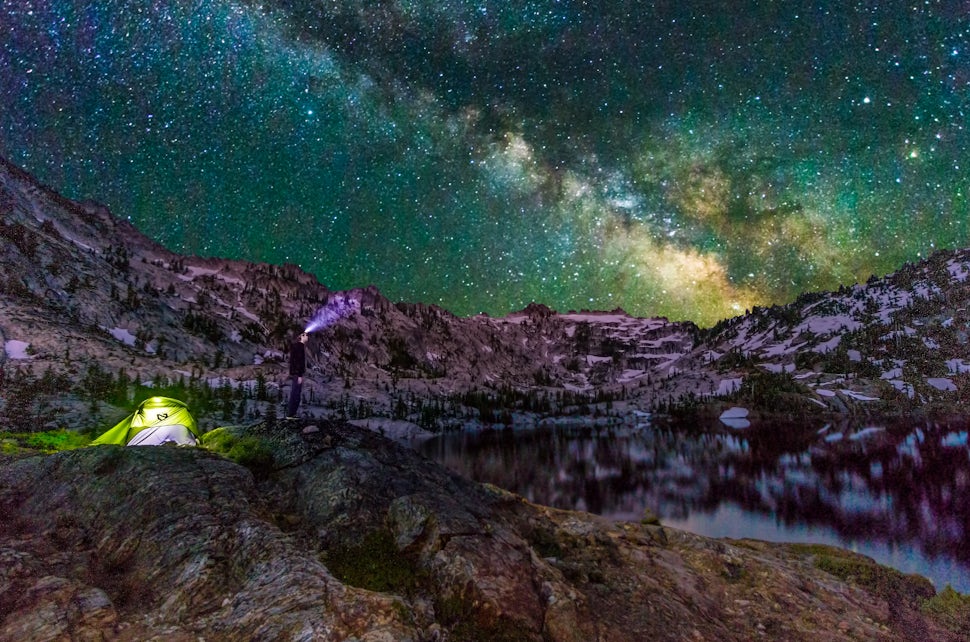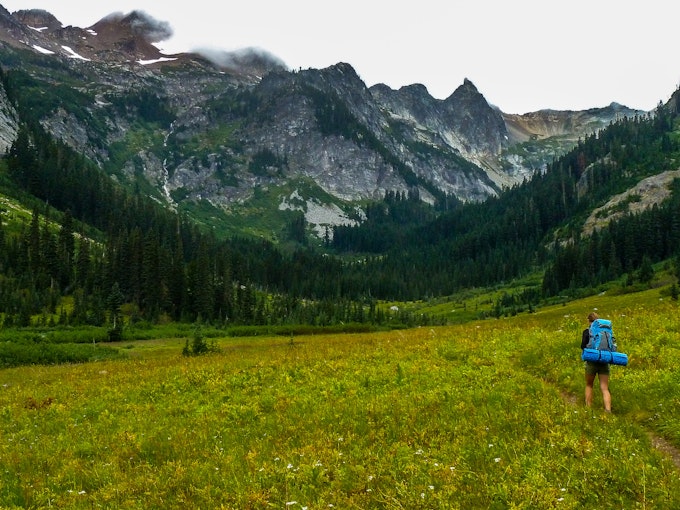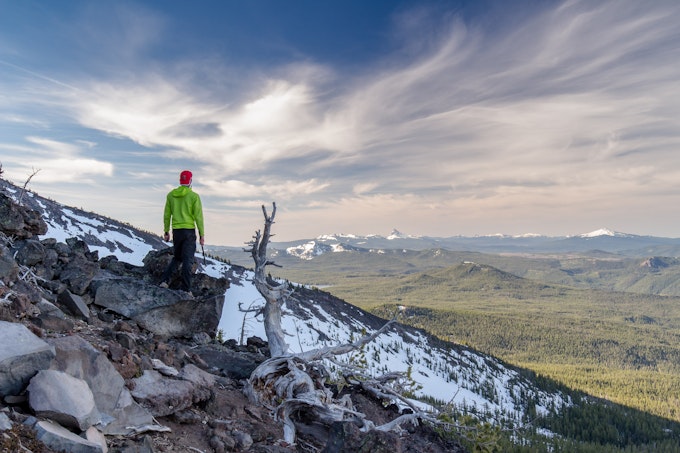What the REC Act means for the Fight over Public Lands
The REC Act promises to give value to the outdoor industry and federal public lands, if they can survive until 2020.

Despite the estimated $646 billion that the outdoor industry contributes to the US’s GDP annually and the 6.1 million jobs the industry supports, conservative politicians have been making renewed efforts to transfer federal public lands to state control. The end result of such a transfer would inevitably be the selling off of massive amounts of lands to private entities (think oil, gas, and mining in particular) and their subsequent closure to the public - which would devastate the economy of outdoor recreation based on open and accessible public lands. But why, in this fight over public lands, is the economic might of the outdoor industry not being taken into account?

As far as the federal government is concerned, the value of the outdoor industry is unknown and, as such, considered insignificant. That $646 billion figure comes from a 2012 report commissioned by the Outdoor Industry Association - the outdoor industry’s lobbying group - rather than an official federal accounting. While the numbers are likely accurate (even the leaders of the attempts to sell off public lands have not called them into question), they cannot be used officially in federal policy considerations. In addition, what the numbers do not do is draw the link between the economic impact of the outdoor industry and public lands. While any outdoor enthusiast knows that local Forest Service and BLM lands are the first and best place to go to spend time in the outdoors, until that is codified in economic policy those lands can be (and are being) considered worthless. And that’s exactly the argument being used by politicians trying to transfer public lands - that they have no monetary value to the American public.
The Outdoor Recreation Jobs and Economic Impact Act - known in shorthand as the REC Act - promises to change all of that.
With its passage in December, the REC Act directed the Department of Commerce’s Bureau of Economic Analysis (BEA) to officially account for the contribution of the outdoor industry to the nation’s GDP. Currently, the economic impact of the outdoor industry is buried - it is accounted for in the US’s total GDP, but lumped in as uncategorized spending. There is, as of now, no official estimate of the worth of outdoor recreation in the eyes of the federal government.
The BEA analysis will bring together analysts from the federal government and the outdoor industry to dig out specific dollar amounts for spending on outdoor-related goods and services. A BEA project is the gold standard of economic sleuthing, and the number that they come up with - anticipated to be as much as 4% of the nation’s GDP - will be the official estimate of outdoor recreation’s worth and as such can influence political and economic policies at the federal and state levels.
More critical to relating the industry’s economic worth to valuing public lands are the fine-grained models that the BEA analysis will eventually yield. The BEA will not just spit out a single number for the outdoor industry: the analysis will include state- and local-level models of money flow related to outdoor spending. That means tracking the current impact of outdoor recreation on local economies - from sales at local outdoor stores, to guide services, to travel and lodging, all driven by people pursuing outdoor recreation - and projecting that impact into the future based on economic trends.

The full effect of the REC Act, then, is determining the value of outdoor-related goods and services in the context of geography, and in particular in the context of public lands - the vast, undeveloped federal lands that people are spending money on equipment, guides, travel, and more to explore. The BEA’s analysis will clarify the stimulus provided by federal public lands to state and local economies, in the process proving that they are not as worthless as the leaders of the modern Sagebrush Rebellion would have the public believe.
The only problem? The BEA’s contextual analysis won’t be completed until 2020 at the earliest. And, if the devaluation of public lands and propositions to sell them in the first weeks of the current Congress are any indication, many public lands may not live to see 2020 without a fight. In the meantime, politicians are free to undervalue federal lands and argue that their only economic potential lies in selling them off to private entities for a one-time payment. Continued outcry from leaders in the outdoor industry and the public alike at attempts to sell off federal lands is essential to making the value of these lands clear to policymakers until the analysis set in motion REC Act can drive the point home.
We want to acknowledge and thank the past, present, and future generations of all Native Nations and Indigenous Peoples whose ancestral lands we travel, explore, and play on. Always practice Leave No Trace ethics on your adventures and follow local regulations. Please explore responsibly!
Do you love the outdoors?
Yep, us too. That's why we send you the best local adventures, stories, and expert advice, right to your inbox.









